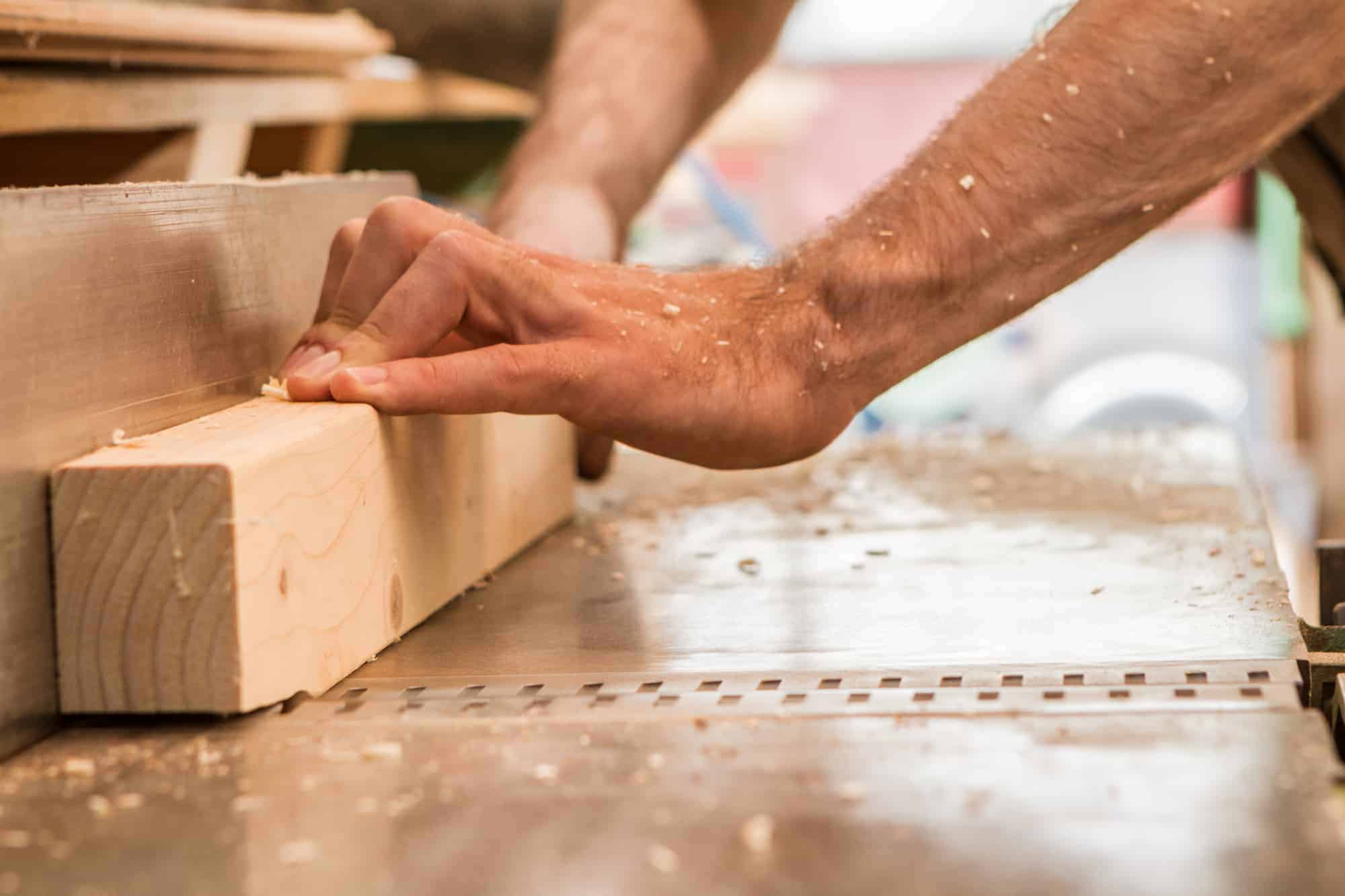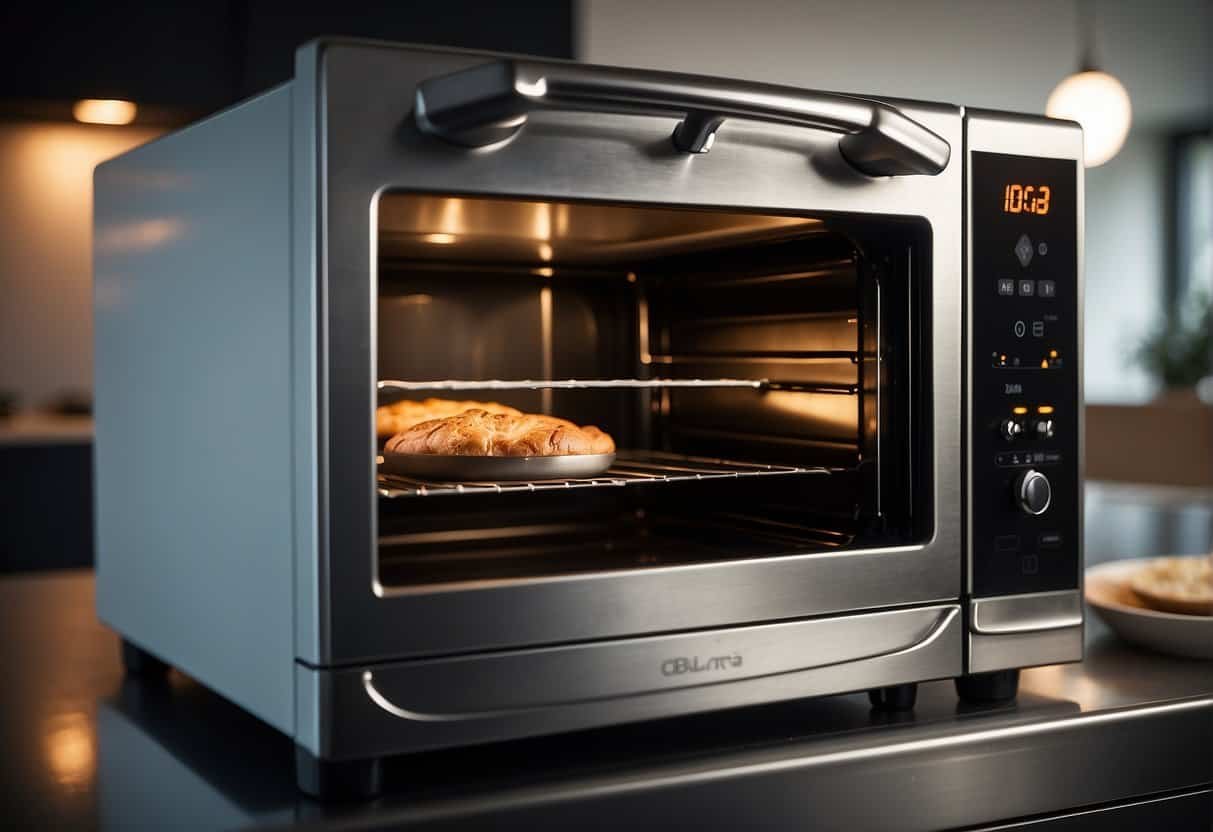A drum sander and a planer are two bits of machinery used to remove material from wood boards. However, they go about the process in different ways. If you’re on a budget, you might be wondering if you need both. If not, which one should you go for?
A drum sander is best to go with if you mostly work with edged and pre-planed lumber. If you work with rough-cut lumber, it’s best to consider getting both, since you still need to run your work through a sander after using a planer. Though you could only use a drum sander, it will take longer.
In this article, we’ll look more closely at the differences between a drum sander and a planer to give you a better idea of what each can be used for and whether or not you need both.
Drum Sander vs. Planer: Overviews
Though both of these tools can be used to remove layers of wood, they do so in very different ways, leaving different finishes overall. In this section, we’ll compare the two, discussing how each tool works, and what you can expect from each.

Drum Sander
Just as the name implies, a drum sander is a large sander with a rotating drum. The drum sander generally offers a wide work surface, allowing you to work on larger wood pieces at once.
It is an excellent tool for sanding wood for a better finish and shaving layers of wood off when leveling. The tool works great when you’re working on slightly warped wood (Source: The Home Woodworker).
Planer
Unlike the drum sander, a planer is used to scrape off layers of wood. These machines deliver a clean, even cut due to their high rate of speed. Though you can use them to get a clean cut at your desired thickness, they do not offer any sanding or smoothing options.
Planers come in different sizes, ranging from the smaller hand planers meant for simple jobs to the industrial-sized options that can handle large woodcuts.
Drum Sander vs. Planer: Function and Safety
Drum sanders are mechanical pieces of equipment that are electronically powered and run at high speeds. Planers can be either handheld, or high-powered. Each has a slightly different function and safety measures that need to be taken when in use.
What Are the Main Functions of a Drum Sander?
A drum sander works like any other mechanical sander you already know, but on a larger scale. The main function is to sand down wood to achieve a smoother finish. To use the sander, you just need to add sandpaper of the required grit (depending on the project) to the machine.
Lower grit sandpapers deliver a coarse finish, while higher grit options deliver a finer finish. Some high-power drum sanders can also be useful when leveling wood pieces.
Is a Drum Sander Safe To Use?
Drum sanders are generally safe, but there are two main safety issues to keep in mind. Firstly, the sanding process makes both the machine and the wood incredibly hot and can cause burns if handled without the right protective gear.
You need to wear gloves when working with the machine. When it’s time to replace the sandpaper, wait for the machine to cool down.
Secondly, drum sanders run at high speeds. You have to be watchful to avoid having any body parts or loose clothing coming in contact with the motor. You also need to use protective eyewear and a mask when working with a drum sander to avoid getting lots of dust or projectile in your face.

What Are the Main Functions of a Planer?
Planers are useful in woodworking because they are great at cutting pieces of wood to the desired thickness. You can rely on them to make any boards smooth, flat, and even because they typically have high horsepower and also run at a fast speed.
To use a table or industrial planer, you have to feed the boards through the blades. With handheld variants, you have to make passes over the board you’re working on.
Most of these come with a knob that will allow you to choose a specific cut depth. Shallow passes are often the best approach to go with when working with a planer. This way, you can avoid snipes and cut marks.
Is a Planer Safe To Use?
Just like drum sanders, planers are safe to use in the hands of an experienced woodworker that understands basic safety protocols when working with such high-speed machines. Loose clothing, body parts, hair, or other objects should not get in the way while working.
The high-speed rate of the blades means you need complete concentration when you’re working on a planer. Don’t feed boards that contain nails, screws, and staples into the machine.
You’ll also need the standard protective gear while the machine is in use. Some of them can get loud, so ear protection may be necessary, in addition to coveralls, masks, gloves, and goggles.
However, unlike the drum sander, there is typically less dust in the air when using a planer.
Drum Sander vs. Planer: Cost
As with any pieces of equipment, the cost will vary greatly depending on its size, intended use (DIY or industrial) and the brand. Generally speaking, a drum sander will cost more due to it being a power tool. A handheld planer will cost less as it is not a powered machine.
What’s the Average Cost of a Drum Sander?
Drum sanders are usually more expensive than standard belt or orbital sanders. You can get the cheapest ones for around $800, while some high-end models can cost up to $3,000. The main determinants of the price quoted will include the motor power, the build quality, the presence (or absence) of a stand, brand name, etc.
What’s the Average Cost of a Planer?
Overall, planers are cheaper than drum sanders. Handheld planers typically cost less than $500. However, bench options can cost $1000 or more.
These are more expensive because they are more powerful and can handle large wood pieces at once. Hobbyist woodworkers can get by with hand planers, but professionals can only get value from benchtop options.
Planers are cheaper than drum sanders because they can only remove layers of wood and do not offer finishing. You will still need to use a machine sander, or hand sand your wood to remove rough edges.
Drum Sander vs. Planer: Pros and Cons
The pros and cons of a drum sander and a planer differ due to their intended use. With a drum sander, you mostly have to worry about safety around a fast moving machine, and that you have adequate amounts of sandpaper for larger projects.
Planers, hand held or powered, can make quick work of removing wood, but you may notice they can cause chipping.
Drum Sander Pros
- Drum sanders deliver a clean and smooth finish.
- They typically come with an adjustable height and speed.
- They are useful for large projects.
- They won’t chip wood.
Drum Sander Cons
- They can be pricey.
- The sandpaper replacement process can be difficult.
Planer Pros
- You can feed all kinds of wood into a planer.
- They work very fast.
- Adjusting the cut depth on most planers is straightforward
- With a bit of practice, they are easy to use.
Planer Cons
- They can chip wood if not used correctly.
- Maintenance is a bit more challenging.

Can a Drum Sander Replace a Planer?
A drum sander can replace a planer in some scenarios. However, if you want to regularly mill your own boards, it’s best to get a planer instead.
Many people wonder if you can use a drum sander as a planer. Though a drum sander can do the job of a planer, it will take a very long time to achieve the same results. There’s also the risk of wearing down the machine quickly and the fact that you’ll have to buy a lot of sandpaper.
I hope this helps you decide which tool you should go for. You can also check my guide to the best drum sanders for a small workshop if you’ve set your heart on a drum sander.










